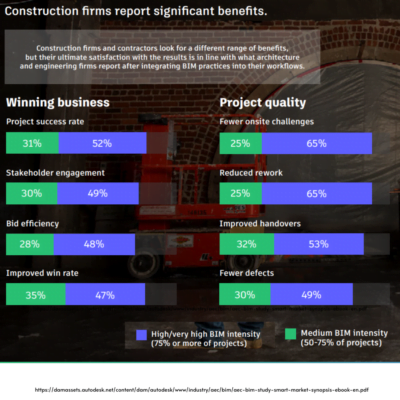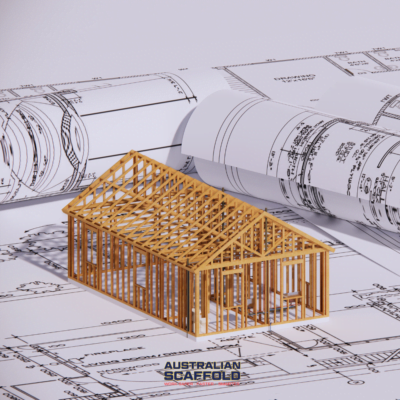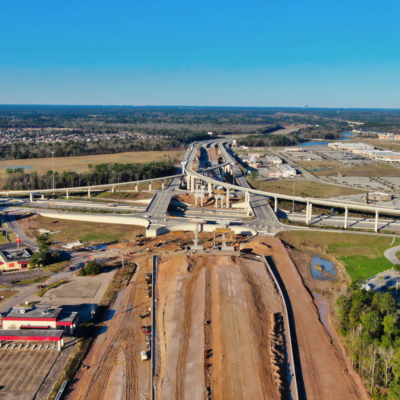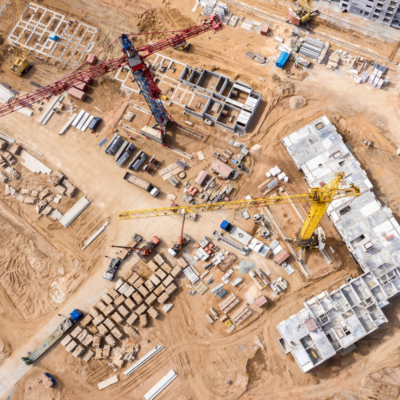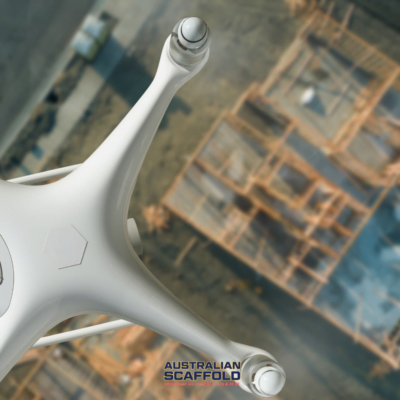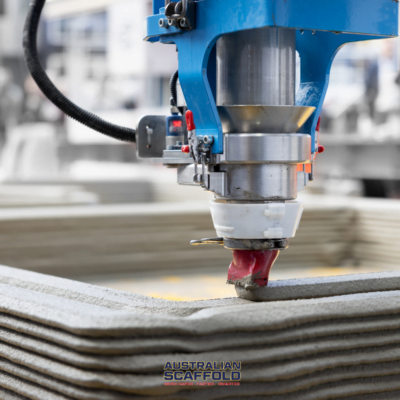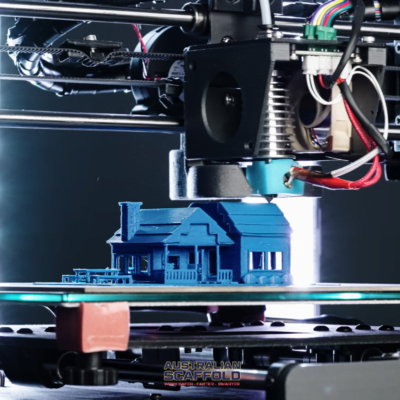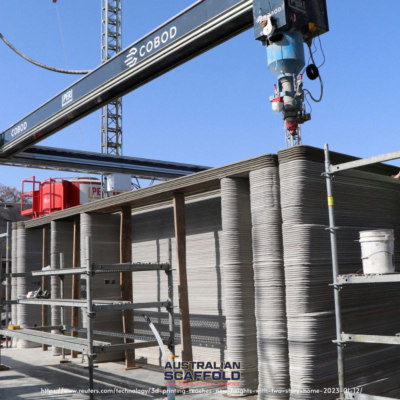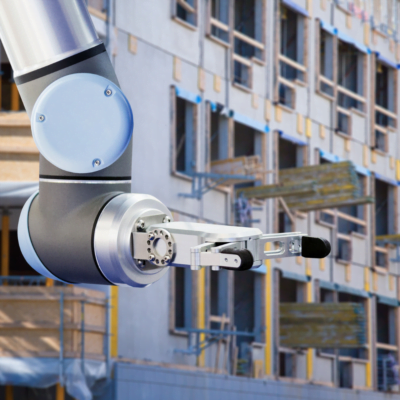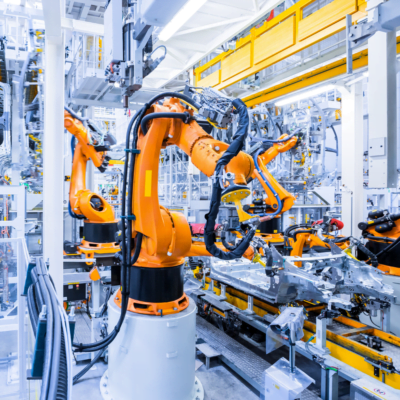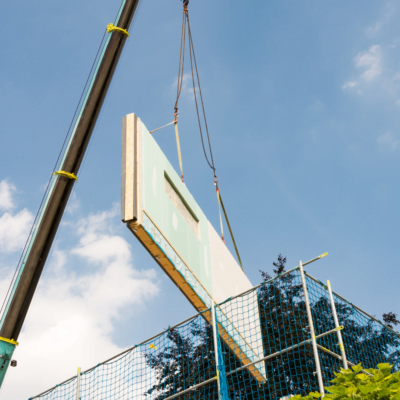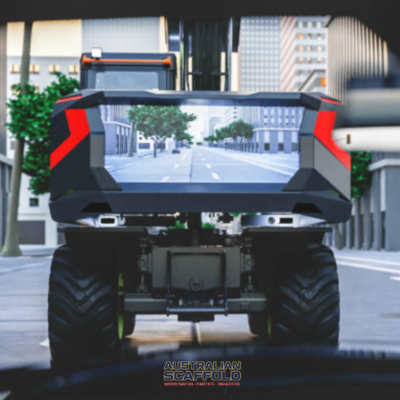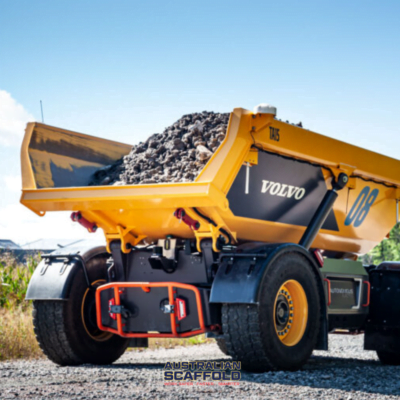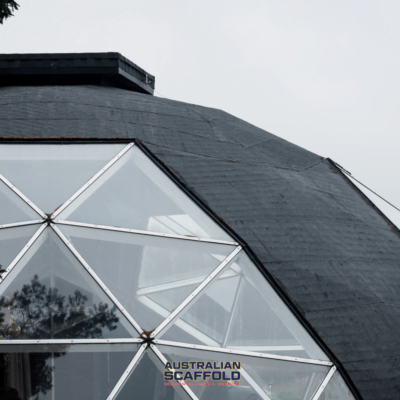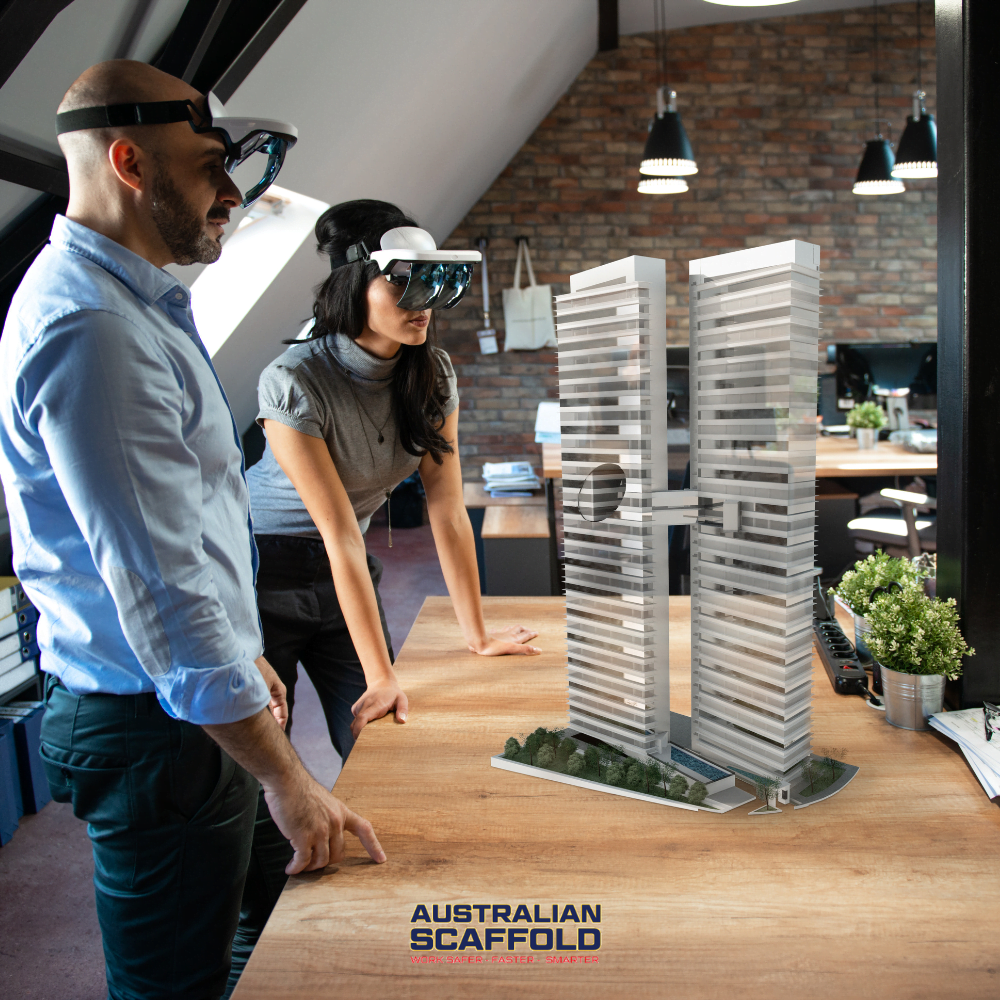Australian Scaffolds, At the forefront of innovation in the construction industry, our company leverages these cutting-edge technologies to enhance our products and services for our valued customers. Additionally, that is why we work hard to include those Top 10 Technological Advances in the Construction Industry in our products and services. Furthermore, by integrating these advancements, we aim to provide our customers with the best and most up-to-date solutions available.
The construction industry is in the midst of a digital revolution, with innovative technologies reshaping how projects are conceived, designed, and executed. These advancements are enhancing efficiency and revolutionizing safety and sustainability in construction. Here, we explore the top 10 technological breakthroughs that are propelling the construction industry into the future.
1. Building Information Modeling (BIM)
Building Information Modeling, or BIM, is transforming the construction landscape. It enables architects, engineers, and contractors to create comprehensive 3D models of buildings, providing a dynamic platform for collaboration. This not only enhances visualization but also reduces errors and streamlines project management.
Find more information about BIM in this document in Autodesk research, or learn about precision and Predictability.
2. Drones
As the Top 10 Technological Advances in the Construction Industry, Drones are taking construction to new heights. These unmanned aerial vehicles are employed for site surveys, inspections, and monitoring of construction progress. Drones offer an eagle-eye view of the project, collect valuable data, and improve safety by assessing hazardous areas.
3. 3D Printing
3D printing technology is making waves in construction by allowing the creation of building components and even entire structures. This innovative approach minimizes waste, cuts down on labour costs, and accelerates construction timelines while facilitating intricate architectural designs.
4. Augmented Reality (AR) and Virtual Reality (VR)
AR and VR technologies are providing immersive experiences in construction. They allow stakeholders to visualize projects in a virtual environment, aiding in design and detecting potential issues before construction commences. These technologies are transforming how we plan and execute projects.
5. Internet of Things (IoT)
The Internet of Things (IoT) has become a common sight on construction sites. IoT devices are used to remotely keep an eye on and handle equipment, tools, and building systems. Sensors gather important data, like temperature, humidity, and equipment usage. This information helps predict maintenance needs and makes energy use more efficient. Furthermore, these IoT tools play a crucial role in these advancements.
6. Robotics
The construction industry is increasingly using robots to automate various tasks, such as bricklaying, concrete pouring, and demolition. These robotic assistants not only boost productivity but also reduce labor costs and enhance on-site safety. Furthermore, they play a significant role in these improvements.
7. Prefabrication and Modular Construction
Off-site construction and modularization are gaining momentum. This means that components are manufactured in controlled environments and then assembled on-site. This approach guarantees higher quality, speeds up construction, and significantly reduces waste. Additionally, it’s more efficient.
8. Artificial Intelligence (AI)
AI is a game-changer in project management at Advances in Construction. It helps with project scheduling, risk analysis, and predictive analytics by processing large amounts of data. Additionally, AI empowers decision-makers by identifying trends and optimizing resource allocation.
9. Autonomous Construction Equipment
Self-driving construction vehicles and equipment are emerging, thereby changing the face of heavy machinery operations. Furthermore, these autonomous machines excel in tasks like excavation and grading, significantly enhancing efficiency and precision.
10. Green Building Technologies
Sustainability is no longer a choice; it’s an imperative. Furthermore, green building technologies, including solar panels, green roofs, and energy-efficient HVAC systems, are being integrated into construction projects. These innovations not only reduce a building’s environmental footprint but also cut operational costs.
The construction industry is undergoing a technological renaissance, thanks to innovation and a strong focus on efficiency, safety, and sustainability. Embracing these top 10 technological advances is not just an option but a must for construction companies aiming to succeed in a continuously changing environment. As we progress on this digital transformation journey, we can anticipate more exciting breakthroughs that will influence the future of construction.
We employ Building Information Modeling (BIM) to precisely design scaffolding solutions; furthermore, this ensures they seamlessly integrate with project plans. In addition, drones aid in conducting comprehensive site assessments, ensuring safety and efficiency. Moreover, our commitment to sustainability is realized through adopting green building technologies and sustainable materials on our products. Australian Scaffolds remains dedicated to delivering top-quality solutions that not only meet but exceed the evolving needs of our clients.
Our Guarantees
- Provide after-sales service
- Treat all customers with respect
- Stand behind the quality of our products
- Formulate solutions to any work-related problem
Need Scaffold Hire
Australian Scaffolds is available day and night, seven days a week. Moreover, our expert team of scaffolders has decades of experience. Additionally, we strive to make it simple. To find out more, call 1300 919 905. Alternatively, you can email Daniel at daniel.butlin@australianscaffolds.com.au.

